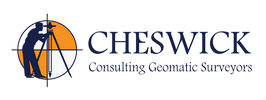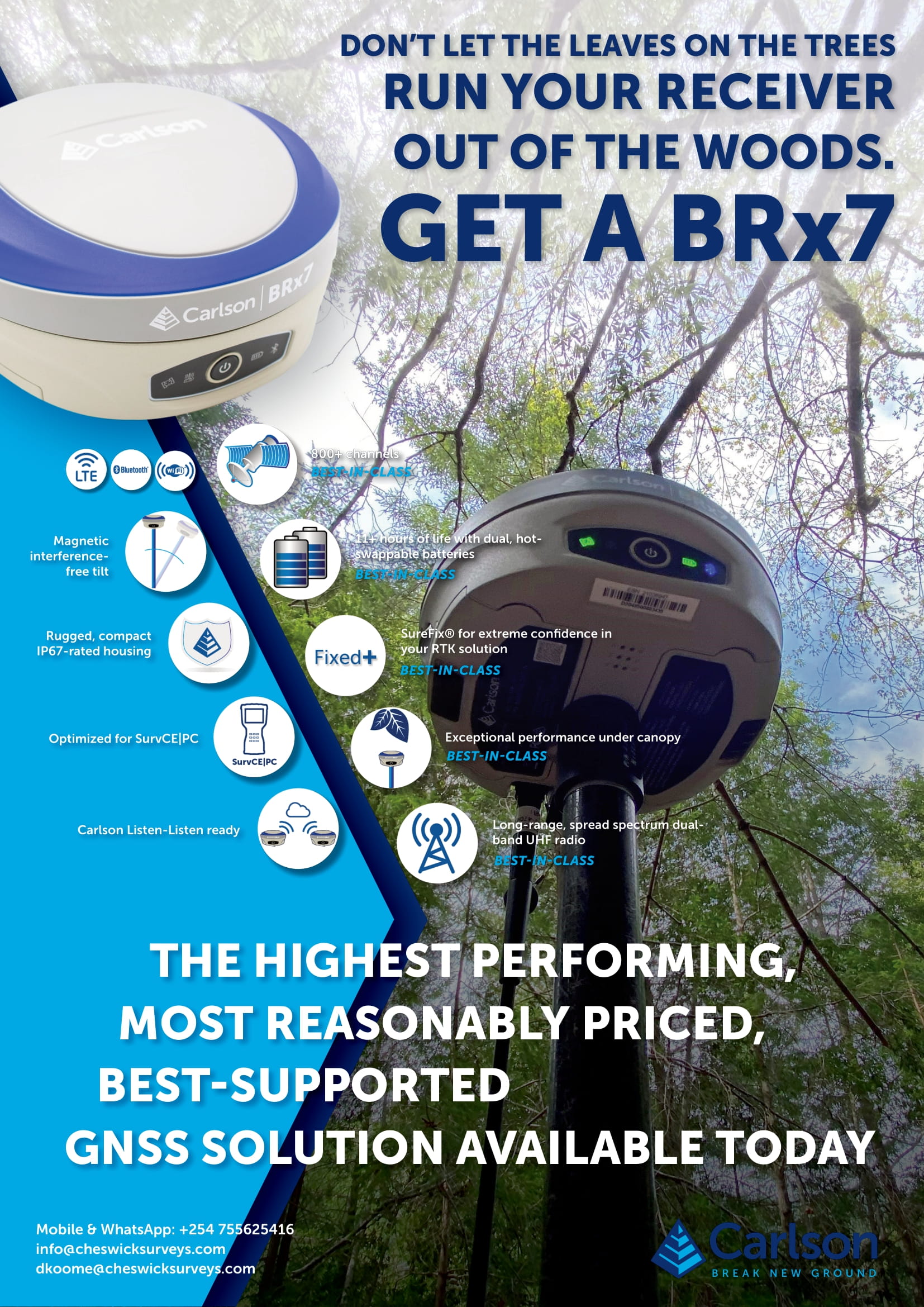Drone enthusiasts in Kenya have been treated to a tumultuous love affair by the government. The affair started way back in 2015 when the craze for drones in various parts of the world caught on with a section of the Kenyan population. They started importing drones for commercial activities such as aerial photography and videography. There were no restrictions at the time since the law was silent about drone activities in the country.
However, 2016 saw a proliferation of UAVs that forced the local aviation regulator, Kenya Civil Aviation Authority (KCAA), to issue a cease and desist order pending the drafting of regulations. This meant that there would be no further importation of drones until a law regime was put in place. Kenyans or foreigners who made the mistake of importing drones after that had their gadgets confiscated by the regulator upon their entry to the country.
The same 2016 saw drone stakeholders sit down with KCAA to come up with the aforementioned drone regulations. A draft was prepared and presented to the National Security Advisory Committee for ratification. This committee is composed of the President and all the top security chiefs. The draft sat on the President’s desk for a few months and started gathering dust (August 2016 to February 2017).
In February 2017, the President assented to the draft regulations pending a review by Parliament. Nobody knows why it took that long but the story goes on. Parliament was to give the final green light but they shot it down forthwith. Their reasons were a deplorable dearth of stakeholder participation, hence a violation of the Constitution, and clauses that fell short of addressing genuine concerns such as safety, security, and breach of privacy. Oh! And that there was inconsistency in the application of fines for miscreants.
This sent the KCAA back to the drawing board with a fresh stakeholder’s meeting which hopefully will meet the threshold of Kenyan lawmakers. Several stakeholder meetings were held and now there are new draft regulations in place in 2019 which are waiting presentation to Parliament.
KEY ATTRIBUTES OF THE NEW REGULATION
- Drone Categories
UAVs are going to be classified under three categories based on the risk of operation. These categories include Low Risk (A), Medium Risk (B) and High Risk (C). These risks are assessed based on the risk they pose to the public, property and piloted aviation.
- Who can own a Drone?
Anyone can own a drone provided they have acquired the age of majority (18). Companies registered in Kenya and National and County governments can also acquire the gadgets. However, if you don’t work for the national government you cannot operate a military-grade drone. Transferring ownership of a drone will have to be done with the express permission of KCAA.
- Import and Export of Drones
Nobody will import a drone or any part thereof without consent from the Authority. An import permit will have to be sought beforehand. This permit will be granted once the Authority has done a background check with the importer through the Ministry of Defense. The Ministry will be mandated to issue security clearances for importers.
Exporting a drone registered in Kenya will not be a slam dunk either. The Exporter would have to notify the Authority and be issued with a deregistration certificate.
- Registration & De-registration of Drones
Drone operators will have to register their drones with KCAA and be issued with a registration certificate. Upon registration, the drone will be given a ‘number plate’ for proper identification. Registering a drone in the U.S.A with the FAA costs USD 5 (approx. Kshs. 500). I hope the cost of the same in Kenya will be USD 2.
De-registration of drones will be done if the Authority finds you in breach of its regulations, or if the drone is permanently withdrawn from use or destroyed.
- Temporary Permits
This is especially important for foreigners who would like to bring in their drones for commercial use. Temporary permits valid for 30 days will be granted upon application to KCAA. However, the permits are only renewable once which means beyond 60 days a drone operator will have to permanently register their aircraft.
- Remote Aircraft Operator’s Certificate (ROC)
A drone operator intending to fly a drone for commercial activities, reward or hire, shall need a ROC from the Authority. The ROC shall be tailor-made for the drone operations intended. However, a requirement to apply for the issuance of a ROC ninety days before the intended operation seems impractical. It is also not clear whether commercial activities such as photography and mapping fall within the ambit of a ROC or whether special drones are being targeted such as Beyond Visual Line of Sight drones.
- Licensing and Training
No one will be allowed to operate a drone in Kenya or be a co-pilot thereof without a Remote Pilot’s License issued by KCAA. No institution will also provide training or instruction without authorization from the same regulator.
LIMITATIONS FOR DRONE OPERATIONS
Drone enthusiasts in Kenya will have to confine themselves to a few rules regarding flying their aircraft. These include;
- Not flying above 400 feet (120 meters) above ground level and within 50 meters of any person, vehicle or structure which is not under control of the drone operator. There are exceptions to this rule provided permission is sought from the regulator.
- Not flying in conditions other than Visual Meteorological Conditions.
- Not flying at night except where exempted by the regulator.
- If drones are fitted with cameras, not shooting photos or videos beyond the prescribed area of approved operation.
- If camera fitted drones shoot photos or videos beyond above, then the same should not be distributed or published.
- Reporting accidents or incidents involving drones to the regulator.
- Notifying the regulator in case of loss or theft of your aircraft.
- Not flying a drone over a public road or along the length of a public road at a distance of less than 50 meters except where exempted.
- Not operating within 10 kilometers of an Airport or on Approach or Take-off paths.
- Not operate a drone that has not been insured against third party risks as a minimum.
- Not use a drone to conduct surveillance of a person or of private property without the consent of the person or owner respectively.
GREY AREAS
The draft Drone regulations are very comprehensive with respect to a particular type of drone i.e. The Beyond Visual Line of Sight (BVLOS) Drone. This is a type of drone that is piloted in a control room with capabilities of reaching hundreds of kilometers away from the station. They also require the owner or holding company to operate a miniature airport for landing and taking off. A good example in the region is a Drone company in Rwanda called Zipline.
However, in my opinion, the regulations are silent on drones for recreational use or what qualifies as a drone for commercial or recreational use. It is impractical to require everybody to register a drone which only qualifies to be a toy. Hence people are likely to buy drones for recreational use and could face arrest or punitive fines based on this grey area.
The American air regulator (FAA) has classified drones for recreational and commercial use based on weight. This means that below a certain weight, drone owners need not register with the FAA. In Kenya, the draft regulations don’t make this clear.
It is also not clear which class of commercial drone operators need to obtain a Remote Aircraft Operator’s Certificate. This certificate has so many demands that would make a prospecting drone operator run for the hills. In my opinion, commercial drone operators operating Visual Line of Sight (VLOS) drones such as photographers, videographers and the mapping community need to be exempted from obtaining a ROC. Kindly note that a ROC is not the same as a Remote Pilot’s License. It’s an additional requirement.
WAY FORWARD
So far this article paints a narrative of a government that is in war with its young people who are the bulk of drone enthusiasts. A serious Nation that wants to create employment for its young population should not be taking five years to regulate an industry that has taken off in many parts of the world and has ended up saving many lives. Our counterparts in Rwanda are enjoying the perks of Drone usage. Kenya seems to be resting its laurels.
While it is still illegal to operate a drone in Kenya, a spot check will reveal that young people are using drones away from the prying eyes of the regulator or the Defense Ministry. If you take a look at some Kenyan YouTube videos and TV shows, you’ll have no doubt in your mind that some of the content is produced using drones. I say good riddance. No one should stand in the way of an idea whose time has come.
If you’re interested in obtaining a Remote Pilot’s License in Kenya once the regulations are in place, two companies come to mind. These are Astral Aviation and DroneSix Kenya. These two companies have already applied permits to train drone pilots but cannot do so until the law regime is put in place.
Astral Aviation is eager to start using drones to deliver packages since it’s very well known as an Air logistics company. In an interview with a local daily, it mentioned that the first batch of pilots will be trained by South African instructors at a cost of between USD 2,500 to USD 5,000. Once local instructors have been trained and enough local capacity has been acquired then the cost will allegedly come down. Whether that is a reasonable sum to train a drone pilot is a story for another day. To obtain a license for an aircraft that costs a minimum of USD 1,500 for USD 5,000 is not my idea of a sound investment. Even though I am looking forward to being a licensed drone pilot, it seems I am not their target market.
Thanks for reading!





Drone Laws in Kenya - xyHt
[…] This article first appeared on The Surveyor’s Lens at www.cheswick.xyz […]